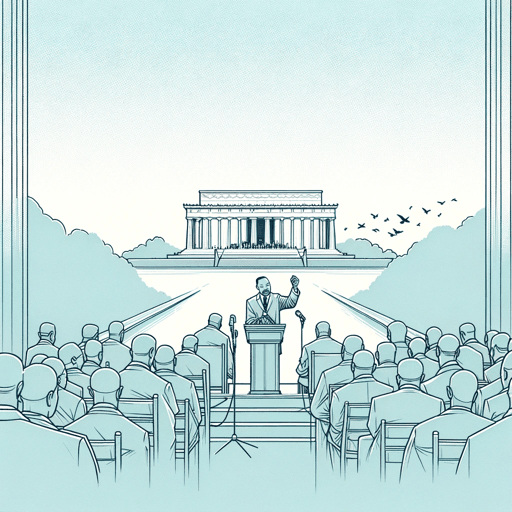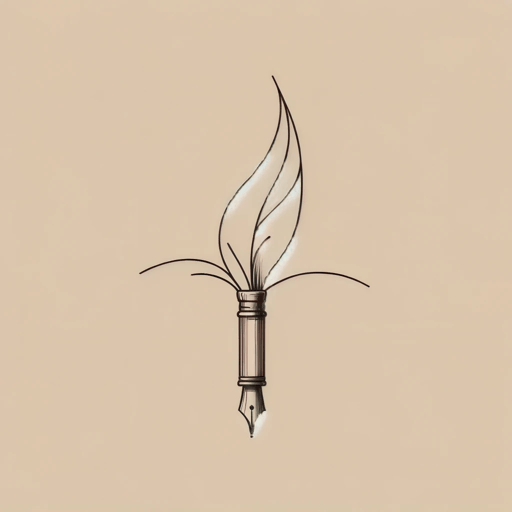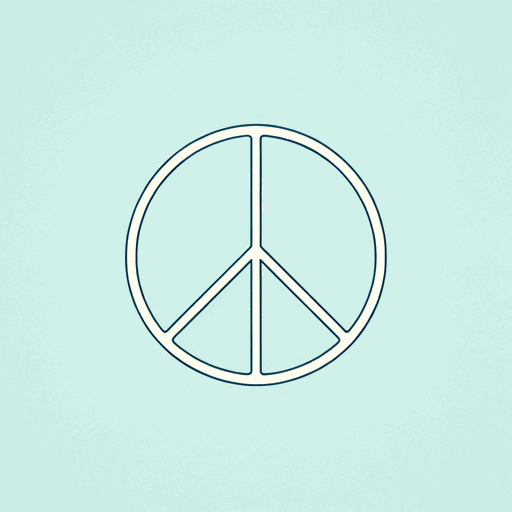68 pages • 2 hours read
Martin Luther King Jr.Why We Can't Wait
Nonfiction | Book | Adult | Published in 1964A modern alternative to SparkNotes and CliffsNotes, SuperSummary offers high-quality Study Guides with detailed chapter summaries and analysis of major themes, characters, and more.
Chapter 2Chapter Summaries & Analyses
Chapter 2 Summary: “The Sword That Heals”
In “The Sword That Heals,” King provides a history of African-American responses to oppression. King systematically critiques these responses to support his argument that nonviolent direct action is the best tool for forcing change.
King first explains that the revolution was not the result of a loss of patience by African-Americans. African-Americans tolerated repression silently because they were forced to do so. During slavery, “physical force” was used to oppress African-Americans “emotionally and physically” (17-18).
After the Civil War, Jim Crow laws and “open brutality” were the main means of oppressing African-Americans; the psychological impact of these forms of oppression resulted in “a demeanor that passed for patience in the eyes of the white man, but covered a powerful impatience in the heart of the Negro” (18). Segregationists used this external demeanor to claim that outside agitators were responsible for what happened in 1963. This self-protective mask also explains why even well-intentioned whites are not able to get straight answers on the issue of civil rights when they discuss the issue with African-Americans, who are economically dependent on white goodwill.
Another tactic used to suppress African-Americans was the threat of jailing and the severe beatings that frequently occurred there.
Related Titles
By Martin Luther King Jr.

A Testament of Hope
Martin Luther King Jr.

I Have A Dream Speech
Martin Luther King Jr.

I've Been to the Mountaintop
Martin Luther King Jr.

Letter From Birmingham Jail
Martin Luther King Jr.

Stride Toward Freedom
Martin Luther King Jr.

